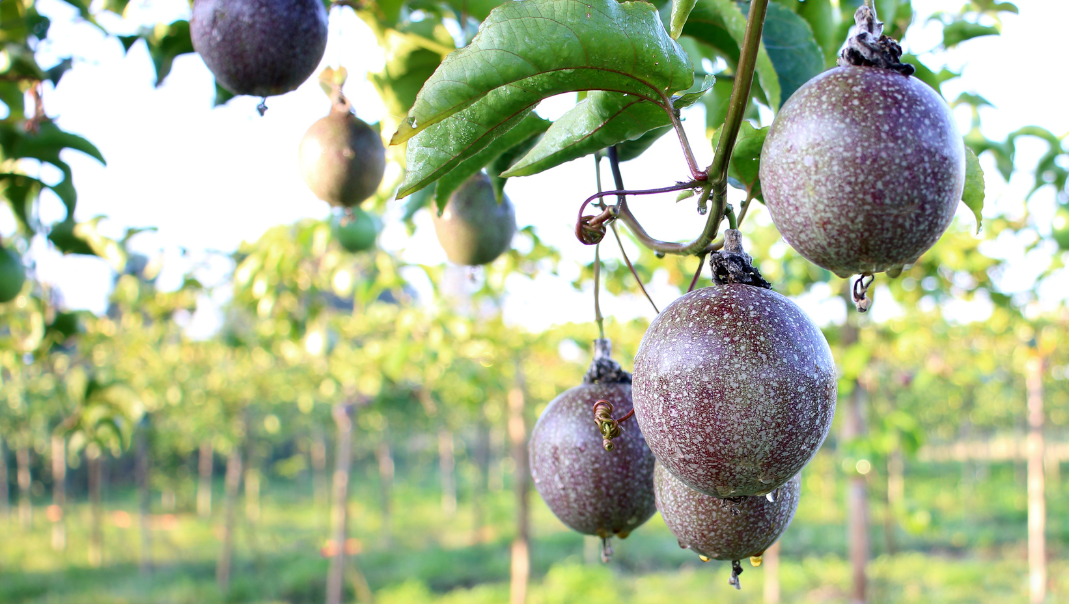ICBR Contributes to Unveiling Regulatory and Stress-Responsive Networks in Passion Fruit
ICBR Contributes to Unveiling Regulatory and Stress-Responsive Networks in Passion Fruit
The Proteomics and Mass Spectrometry Core at the UF Interdisciplinary Center for Biotechnology Research (UF ICBR) has co-authored a study published in the journal Nature Communications that provides valuable insights into the networks that regulate stress in passion fruit during storage, utilizing information from the Plant Metabolic Network (PMN) and STRING to understand these mechanisms.
The study, titled “Tissue-specific proteome profile analysis reveals regulatory and stress responsive networks in passion fruit during storage,” was led by Dr. Tie Liu from UF IFAS Horticultural Sciences. The ICBR Proteomics & Mass Spectrometry Core, under the leadership of Dr. Jin Koh, conducted a comparative proteomics analysis, focusing on four distinct passion fruit tissues—epicarp, mesocarp, endocarp, and pulp. Utilizing state-of-the-art mass spectrometry technology and a larger-scale database that was predicted from mRNA protein coding sequences, this study enhanced protein compared to using a standard genome-mining database. Among the 3,352 proteins identified, 295 exhibited differential among the four tissues examined. Several proteins identified have key roles in functions such as oxygen scavenging, lipid peroxidation, response to heat stress, immunity against pathogens, cell structure formation, homeostasis maintenance, stress response, protein metabolism control, and the facilitation of miraculin production in tissues.
This research holds great promise in helping to advance further studies in several important areas, including contributing to our understanding of how to enhance fruit quality, improve food preservation techniques, increase agricultural productivity, and promote sustainable agriculture. The potential outcomes of this research can bring significant benefits on a global scale, including improved food security, reduced waste, and the adoption of more sustainable agricultural practices.
Read the complete Nature Communications publication here.


